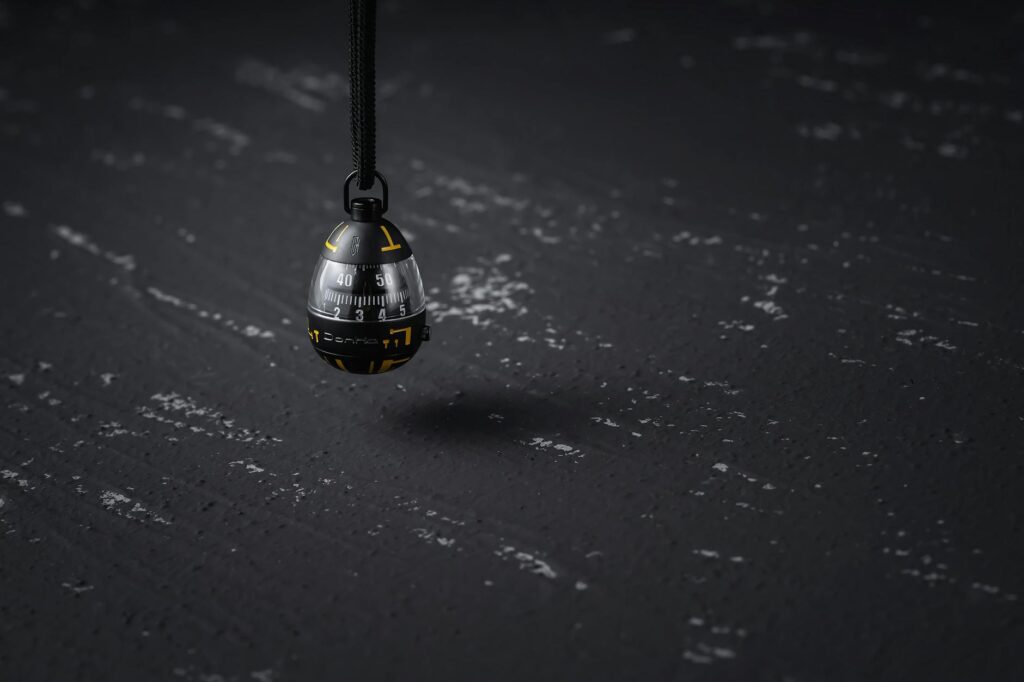What is visual time timer?

What is Visual Time Timer?
In a world where time often feels like it slips through our fingers, having the right tools to manage it effectively is crucial. A visual time timer serves as a powerful ally in our quest to optimize productivity and maintain a healthy work-life balance. This innovative tool not only tracks time but does so in a way that can be easily understood at a glance. By transforming abstract concepts of time into a tangible format, visual time timers can significantly enhance our daily routines.
Understanding Visual Time Timers
Visual time timers are unique devices that visually represent the passage of time. Unlike traditional timers that rely solely on numbers, these timers use visual cues—often through colorful disks or segments—to show how much time remains. This approach makes it easier for individuals of all ages to grasp the concept of time more effectively.
Definition and Functionality
At its core, a visual time timer is designed to provide a clear representation of time as it elapses. When you set a specific duration, a section of the timer visually diminishes or changes color, allowing you to see how much time is left without having to do any mental calculations. For instance, if you set a timer for 30 minutes, you can watch the red disk slowly disappear as the time passes. This visual aspect is particularly beneficial for children and individuals who struggle with traditional timekeeping methods.
For more information on how visual timers work, you can check out Time Timer.
Types of Visual Time Timers
Visual time timers come in various forms, catering to different preferences and needs. Here are the most common types:
-
Digital Visual Timers: These timers often feature screens that display the remaining time and sometimes include customizable alarms. They are generally user-friendly and can be set for various durations.
-
Analog Visual Timers: These classic timers use mechanical components to show the passage of time. They usually have a rotating disk that’s colored, providing a straightforward and intuitive way to visualize time.
-
Mobile Apps: With technology at our fingertips, many visual timer apps are available for smartphones. These apps allow for on-the-go timing and often include features for customization, making them a flexible option.
-
Physical Timers: Some timers are designed for specific environments, like classrooms or kitchens, incorporating fun features that engage users and help them stay focused.
Benefits of Using Visual Time Timers
Incorporating visual time timers into our daily routines can yield numerous advantages. Here’s a closer look at these benefits:
Improving Focus and Productivity
One of the most significant advantages of using a visual time timer is its ability to enhance focus. By providing a clear visual representation of time, these timers help individuals concentrate on their tasks without the constant distraction of checking a clock. This can lead to greater productivity—after all, when you can see how much time you have left, you’re more likely to stay on track and meet your goals.
Moreover, research indicates that visual timers can reduce anxiety related to time management. Knowing there’s a clear end to a task can help individuals commit to their work fully. You can explore the power of visual timers for enhanced focus.
Supporting Work-Life Balance
Time management isn’t just about getting work done; it’s also about ensuring we have time for ourselves. Visual time timers can help us delineate work from personal time, making it easier to switch off when the workday is done. By visually representing blocks of time dedicated to work, leisure, and family, these timers promote a healthier balance in our lives.
Enhancing Study Habits
For students, visual time timers can be transformative. They provide a straightforward way to allocate time for studying, homework, or breaks. Instead of getting overwhelmed by the workload, students can visualize their study periods and see when it’s time for a well-deserved break. This method also encourages the use of the Pomodoro technique—a time management strategy that alternates focus sessions with short breaks.
How to Implement Visual Time Timers in Daily Life
Integrating visual time timers into your daily routine can be a straightforward process. Here are some practical tips to help you get started:
Choosing the Right Timer for Your Needs
With the range of visual time timers available, it’s essential to select one that fits your preferences. Consider factors such as:
- Purpose: Are you using it for study sessions, work tasks, or household chores?
- Portability: Do you need a timer you can carry around, or one that will stay on your desk?
- Size and Display: Would you prefer a large, easily readable display or a compact design?
You can find various options on Amazon’s time timer section to suit your needs.
Setting Goals and Time Blocks
To make the best use of a visual time timer, set clear goals and break your tasks into manageable time blocks. Here’s how:
- Define Your Tasks: Write down what you need to accomplish and prioritize them.
- Set Time Limits: Assign a specific duration for each task using your visual timer.
- Take Breaks: After completing a task, set a short break timer to recharge before moving on to the next task.
By structuring your day this way, you can enhance efficiency and maintain motivation.
Conclusion
Visual time timers are essential tools that can significantly improve time management, productivity, and work-life balance. By translating time into a visual format, these timers help us focus better, allocate our time wisely, and even enhance studying habits. Incorporating a visual time timer into your routine could be the simple yet effective change you need to master your day. Embrace this visual tool, and watch how it transforms your approach to time management.

Photo by COPPERTIST WU